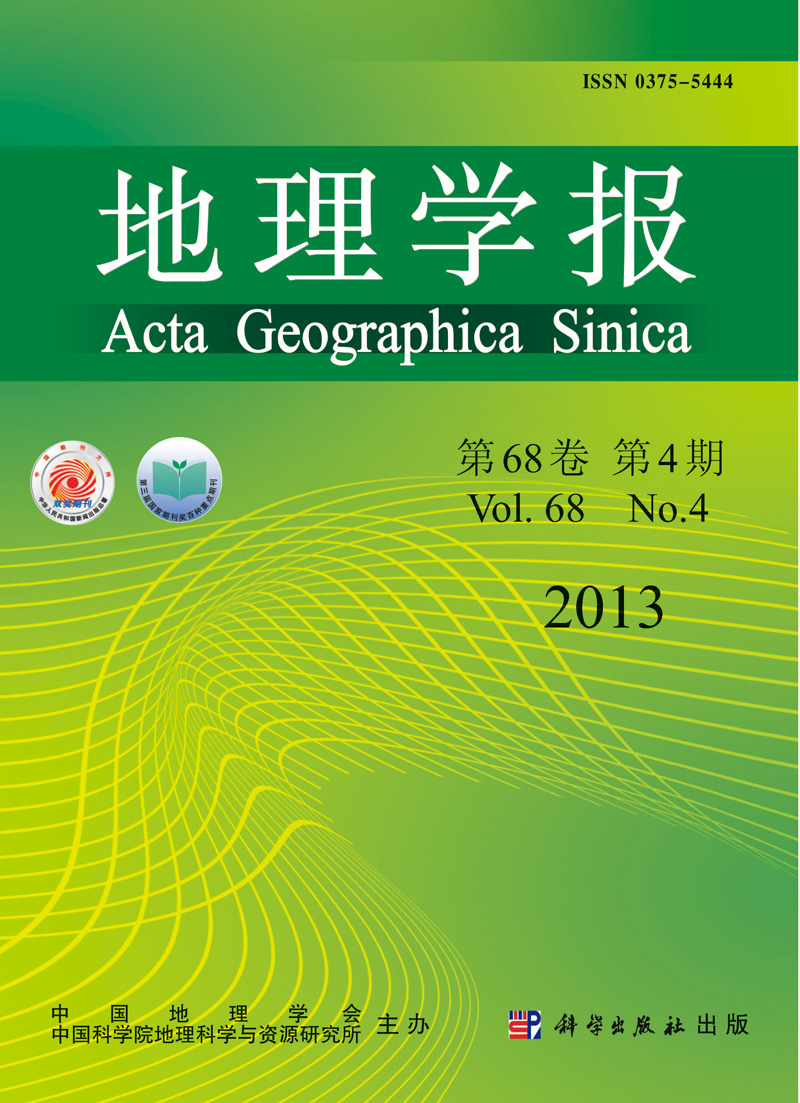WANG Hui, HUANG Jiuju, LI Yongling, YAN Xin, XU Wangtu
For developing a sustainable and low-carbon-oriented "green transportation system", a major principle is to encourage walking, promote public transport, and reduce car dependence. However, as stated in existing literature, travel behavior and transportation choices are closely related to urban form and built environment. Therefore cities need to consider more than just road networks and vehicles while they attempt to solve transportation problems. It is necessary to examine the urban form and built environment that may force people to drive. For doing so, a city-wide evaluation of the walking accessibility, the availability of public transport, and the potential car dependence will be helpful. By taking the city of Xiamen, China, as a case study, based on a variety of data from different authorities, and with the aid of ArcGIS software, this presented study has attempted to conduct such a city-wide evaluation and has generated some useful information for both public transport and urban facility providers by illustrating the spatial patterns and indentifying the problematic areas. The empirical results show that: (1) there are distinct spatial disparities of walking accessibility, bus availability, and potential car dependence across the space of the city; (2) in general, the worst areas of walking accessibility are also the worst areas of bus availability, hence make the worst situation of car dependence as well; (3) the old central area of the city is comparatively in the best situation, while the vast newly developed areas outside the Xiamen Island are left behind as disadvantaged areas in terms of urban services and public transportation. The problems found in an individual city, such as the case study city, can also reveal some important features associated with wider dynamics in China's cities. Besides, the methodology developed in this research might also provide a kind of reference for other studies.
